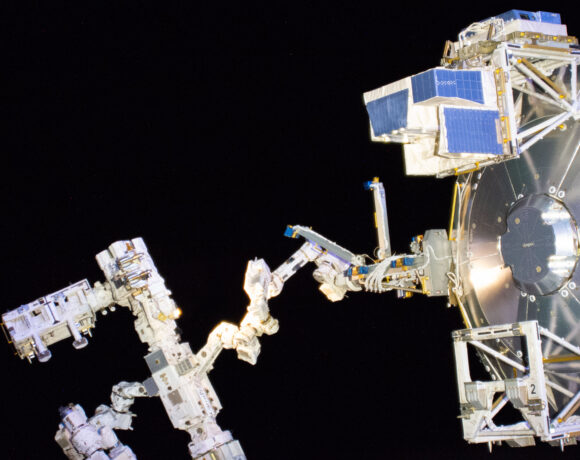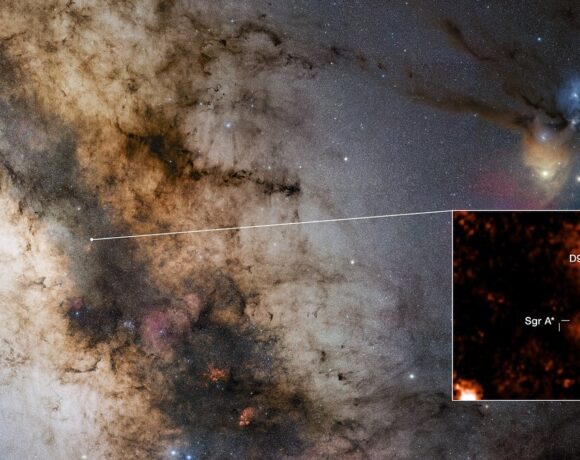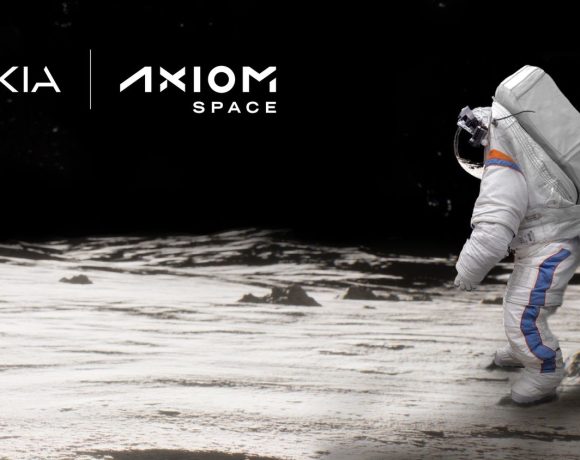Space debris around Earth is a growing threat that needs urgent redressal
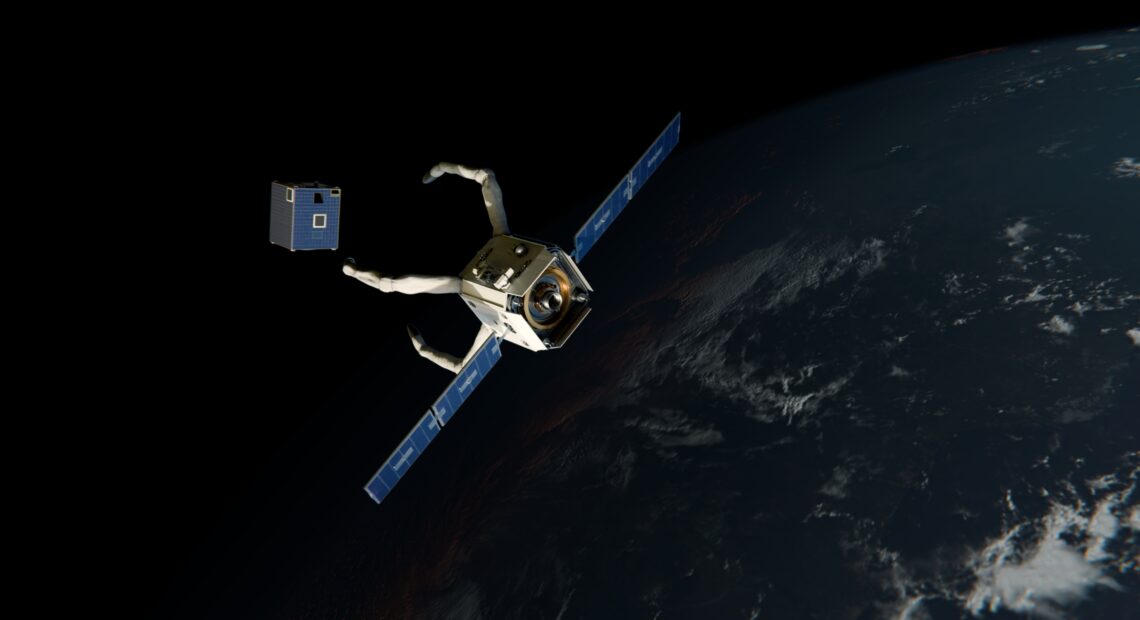
According to ESA’s 2025 report
Our planet’s atmosphere and orbit are becoming increasingly congested as spacecraft play an essential role in studying climate change, facilitating global communication, providing navigation services, and advancing scientific discovery. However, the rapid accumulation of space debris poses a significant and growing threat to the sustainability of space activities.
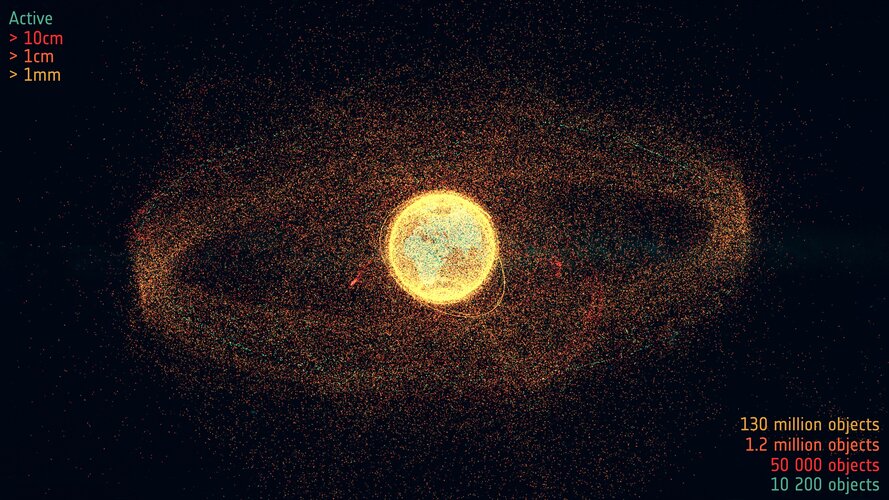
Since 2017, the European Space Agency (ESA) has published an annual Space Environment Report, which provides a transparent overview of global space activities and sheds light on the effectiveness of international measures in reducing space debris. The 2025 report, based on data as of the end of 2024, offers key insights into the growing risks and the actions necessary to ensure the long-term viability of space operations.
Key takeaways from the 2025 Space Environment Report
The 2025 Space Environment Report from ESA paints a sobering picture of the current state of space debris and its implications for space exploration. Here are the report’s key findings:
- Earth’s orbital environment is finite
Earth’s orbital space is limited. Satellites that remain in orbit beyond their operational lifetime risk fragmenting into dangerous debris clouds, which can stay in space for many years, further exacerbating the issue.
- Rise of commercial satellite constellations
The number of commercial satellite constellations in low-Earth orbit (LEO) continues to increase. These constellations, designed for communication, broadband internet, and Earth observation, significantly contribute to congestion in certain orbital bands. The rapid expansion of these constellations is a cause for concern, particularly in lower altitudes where space debris density is reaching alarming levels.
- Dangerous orbital clutter
Within specific orbital ranges, the density of active objects is now comparable to the volume of space debris. This situation is particularly evident in the 550km altitude range, where the concentration of satellites and debris is now the same magnitude. Moreover, many satellites are flying at lower altitudes than before, with roughly a quarter now residing in sub-500km altitudes, which increases the risk of collisions.
- Rising re-entry events
On average, more than three intact satellites or rocket bodies re-enter Earth’s atmosphere daily. While some re-entries are controlled, others occur uncontrollably, creating potential risks for both human and machine safety. In 2024, this trend continued to rise, highlighting the need for improved satellite end-of-life management.
- Fragmentations on the increase
2024 witnessed several significant fragmentation events, adding thousands of new debris objects to space. Such events underscore the critical need for better passivation measures—ensuring that satellites and rocket bodies are safely deactivated and removed from critical orbits at the end of their missions.
- Compliance with mitigation standards is improving, but insufficient
While adherence to space debris mitigation standards has improved, especially within the commercial sector, it remains inadequate. Despite these efforts, the number of space debris objects continues to grow due to frequent fragmentation events, outpacing the natural re-entry of debris into the atmosphere.
- Kessler Syndrome and the need for active debris removal
A concerning issue known as the Kessler Syndrome—a chain reaction where debris collides with other objects, generating more debris—is accelerating. Even if no new satellites were launched, the amount of space debris would continue to increase due to fragmentation. This highlights the urgent need for active debris removal to prevent catastrophic outcomes in Earth’s orbits.
Rapid growth of space debris
The amount of space debris continues to increase at an alarming rate. Current space surveillance systems track about 40,000 objects in orbit, of which approximately 11,000 are active payloads.
However, it is estimated that over 1.2 million objects larger than 1cm—enough to pose a significant threat to operational satellites—are in orbit, with more than 50,000 objects exceeding 10cm in diameter.
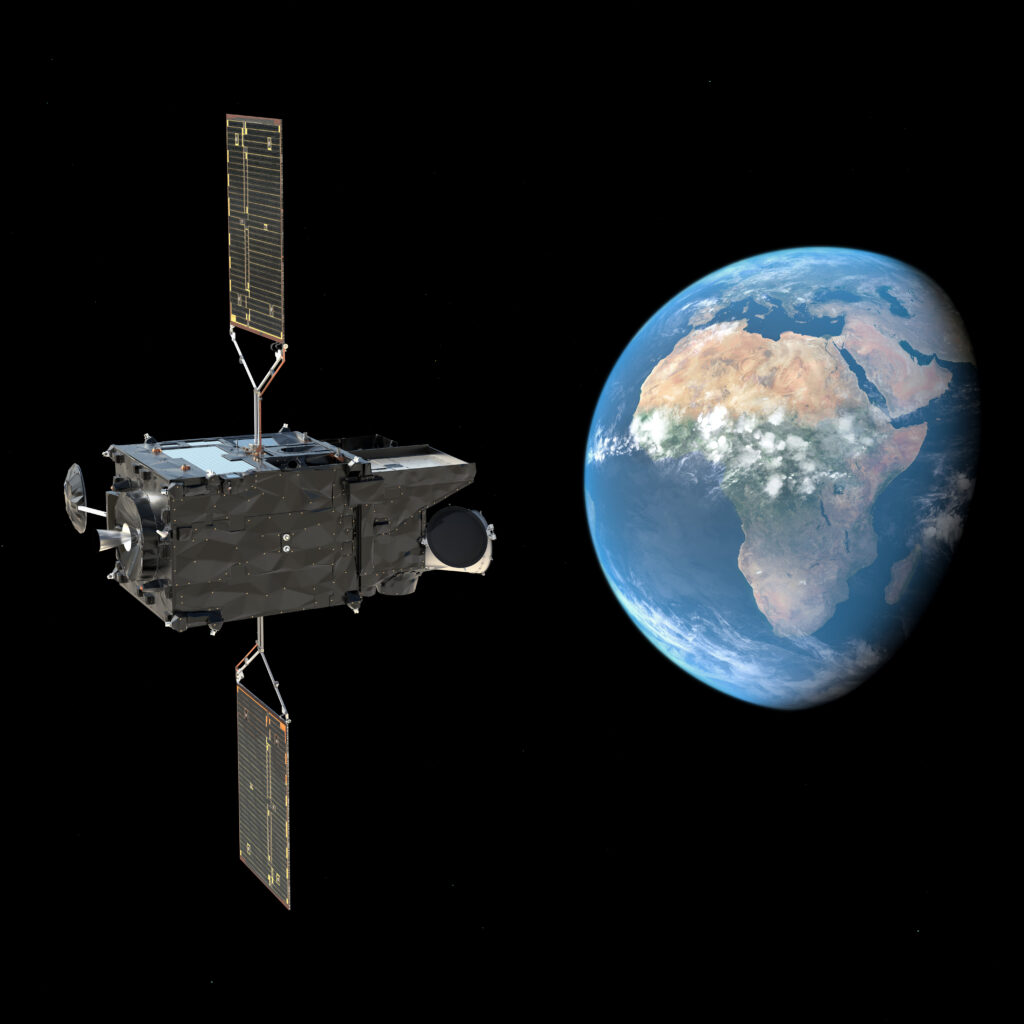
Low-Earth Orbit: A growing risk
One of the most concerning developments in the space environment is the overcrowding of low-Earth orbit (LEO). The ESA’s Master debris modelling tool indicates that in the 550 km altitude range, the number of debris objects now matches that of active satellites.
This area has many communication constellations and Earth observation satellites, making it a prime target for collision risks. Furthermore, as satellites fly lower in their orbits, the risk of debris collisions in sub-500km bands increases.
Fragmentation problem
In 2024, ESA tracked several major fragmentation events, each resulting in the creation of thousands of new debris objects. These events have underscored the importance of ensuring that satellites and rocket stages are adequately decommissioned at the end of their missions. ESA recommends “passivation” techniques to eliminate fuel and battery charge from decommissioned satellites, as these can lead to explosions and further debris generation.
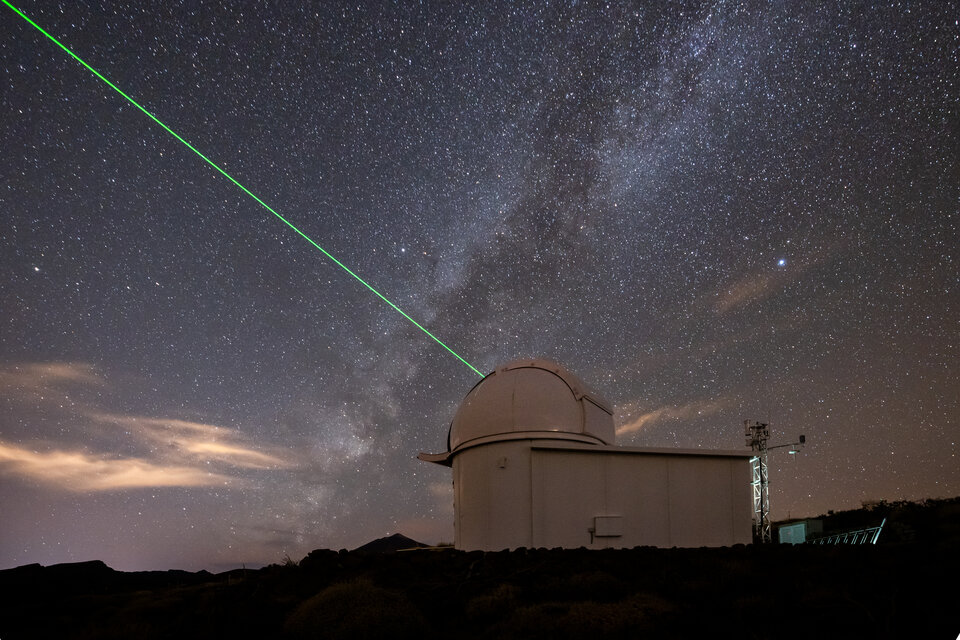
Mitigation efforts
On a positive note, there has been an upward trend in satellites and rocket bodies safely re-entering Earth’s atmosphere. In 2024, more rocket bodies were removed from orbits in compliance with the 25-year re-entry standard, with over half re-entering in a controlled manner.
These figures show improvements, especially in the commercial sector. Furthermore, about 80% of rocket bodies in low-Earth orbit comply with ESA’s new tightened guidelines, which require satellite operators to vacate critical orbits within five years.
However, a significant gap remains in compliance with these newer standards, and the lack of sufficient remediation means that the space debris population continues to grow.
Looking ahead
The growing space debris problem underscores the urgency of taking active measures to clean up Earth’s orbit. ESA’s Zero Debris Approach, aiming for a significant reduction in debris generation by 2030, is central to this effort. As part of this initiative, ESA has updated its debris mitigation policies and is working on new technologies to remove debris and prevent future fragmentation.
In addition to efforts to prevent further debris accumulation, ESA is actively pursuing in-orbit servicing missions, such as the ClearSpace-1 mission, which aims to remove large debris objects. These efforts are crucial for clearing heavily cluttered orbits and ensuring safe space use.
The future of space
Looking to the future, space exploration ambitions are increasingly focused on the Moon and beyond. As humanity sets its sights on lunar exploration, it is crucial to maintain a debris-free environment in both low-Earth orbit and cislunar space. Unlike Earth, cislunar space lacks the gravitational pull and atmospheric drag to naturally clear debris, making proactive debris management even more essential.
The findings of the 2025 Space Environment Report are a stark reminder of the urgent need for stricter global space debris mitigation practices. The growing risk of Kessler Syndrome and the potential for catastrophic collisions make it clear that active debris removal, alongside strict mitigation measures, is essential for the future of space exploration.
Hero image: A graphical representation of ESA’s ClearSpace-1 preparing to deorbit ESA’s Proba-1 satellite. Credit: ESA

